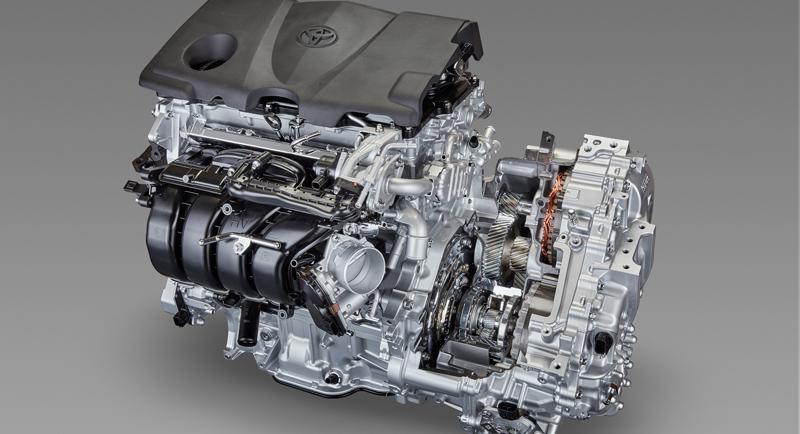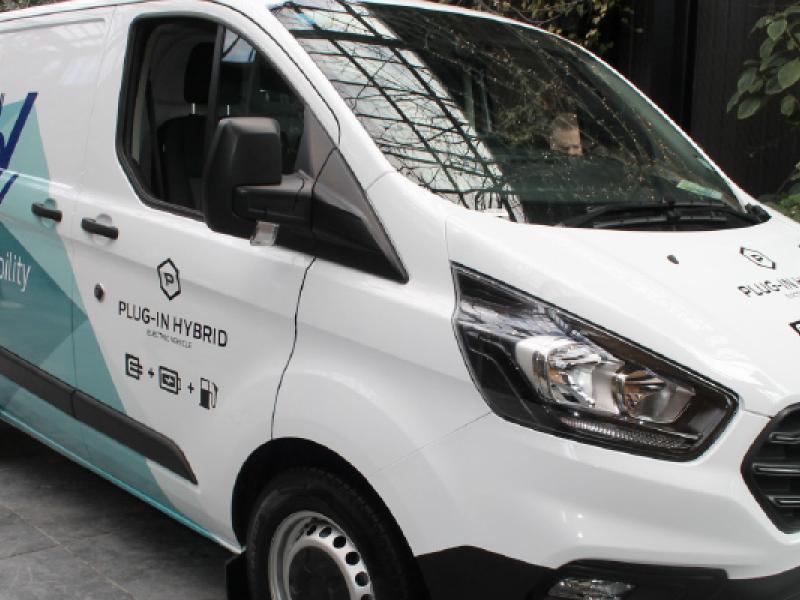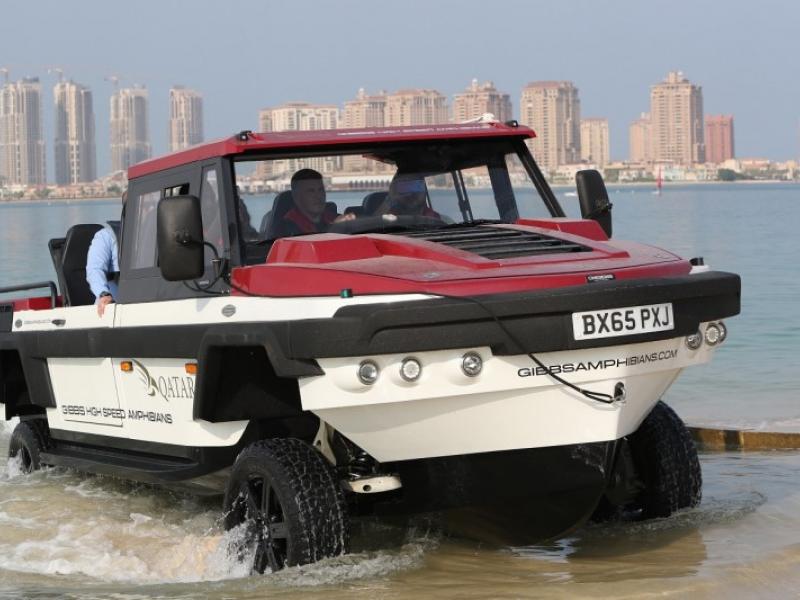This year will see the start of the rollout of nine new Toyota engines, in 17 versions, that will go right through to 2021, along with four new transmissions in 10 versions.
At the same time Toyota will introduce new electrified components for six new hybrid-electric drive system which will be combined with the new engines.
As part of the Toyota New Global Architecture (TNGA) programme, the new engines combine with basic car design changes to lower bonnet heights, lowering the centre of gravity and implementing other innovations to improve driving performance.
Toyota's newly developed powertrain units are light and compact and have a low-centre of gravity.
In-depth reconsideration of fundamental vehicle performance has resulted in engines with high-speed combustion and in highly efficient multi-geared transmissions. To standardise the basic structure of these new units, modular design (unified design) was used.
The new engines employ high-speed combustion technology and a variable control system. They also achieve greater thermal efficiency, resulting in high output, due to a reduction in energy losses associated with, among others, exhaust and cooling systems and the movement of mechanical parts.
Their line-up includes a 2.5-litre engine that has one of the world's best thermal efficiencies – 40 percent when used in petrol-powered vehicles and 41 percent when used in hybrid vehicles (HVs) – and features numerous new technologies, such as technologies for minute control that make it highly responsive and allow it to generate ample torque at all speeds.
The combination of high-speed combustion and variable intake control creates strong air tumble and volume inside the cylinder. This spreads the fuel into the air to make for better combustion. The stroke-bore ratio of the engine is 1.2, balancing power outputs. The engine has a wider valve (41 degrees) which allows for better intake/exhaust. New valve seat materials and laser valve seat cladding mean lower friction losses as well.
The engine runs with a 13:1 compression ratio for petrol-only and 14:1 for a hybrid system. High-energy ignition coils, multi-hold direct injectors, and cylinder bore and piston coatings complete the package.
And then to the new transmissions. Again, they are lighter and more compact than their predecessors, improving both economy and centre of gravity, while widened gears and a newly developed high-performance compact torque convertor combine for a broader gear lockup range. The resulting quick and smooth response to accelerator pedal operation creates an "as desired" direct driving feel.
In the case of the Direct Shift-10AT, even though the number of gears has been increased to 10 (compared to eight gears in the case of the Direct Shift-8AT), the use of close-ratio gears optimises the range of use of each gear, particularly in the low-to-mid speed range. The resulting smooth gear changes, which are among the world's quickest response create a rhythmical and comfortable sensation that is suitable for a premium rear-wheel-drive vehicle.
Applying size-reducing, weight-reducing and loss-reducing technologies used in the fourth-generation Prius, Toyota has enhanced its hybrid system for 2.5-litre engines and developed the new, high-performance Multistage THS II for rear-wheel-drive vehicles.
THS II for 2.5-litre engines excels in both power and fuel-economy performance due to the synergistic effect of size-reducing, weight-reducing and loss-reducing technologies coupled with the high thermal efficiency and output of a new TNGA-based engine.
Multistage THS II gives hybrid vehicles an all-new driving image with its start-from-stop acceleration performance and abundant direct feel. In addition to improving system efficiency at high speeds, intermittent use of the engine at high speeds has also been made possible, further improving high-speed fuel economy.
The system for plugin hybrid electric vehicles (PHEVs) has also been enhanced. A new dual-mode drive system allows the electric motor, which was previously used only as a generator, to provide direct driving power, resulting in powerful driving, even when in EV mode. Further enhancing the system for PHEVs is a large-capacity lithium-ion battery that largely increases the EV-mode cruising range to 60km or more.
The electric motors are newly-developed and use magnetic steel and a rolling coil structure, which uses fewer wires. A parallel reduction gear reduces power transfer losses, and both the motors are smaller and lighter than before while offering similar or better power output when compared to those they'll replace.
Toyota claims that when combined with the 2.5-litre Dynamic Force engine, this transaxle produces 20 percent better fuel economy and has acceleration improved by 10 percent.
By the end of 2021, Toyota aims to have the new powertrain units feature in 60 percent or more of Toyota-brand and Lexus-brand vehicles sold annually in Japan, the United States, Europe and China.
Toyota forecasts that Toyota and Lexus vehicles sold that year in those markets will account for a CO 2 reduction in those markets of 15 percent or more, counting the fuel-efficiency-improvement contributions made by the new powertrain units alone.






